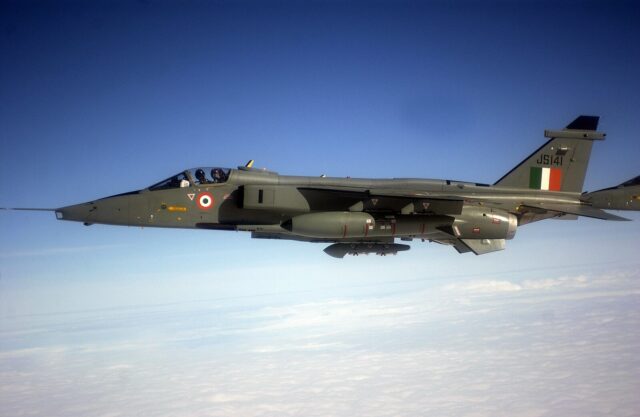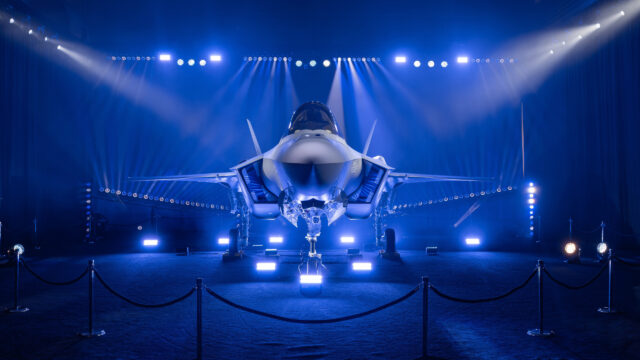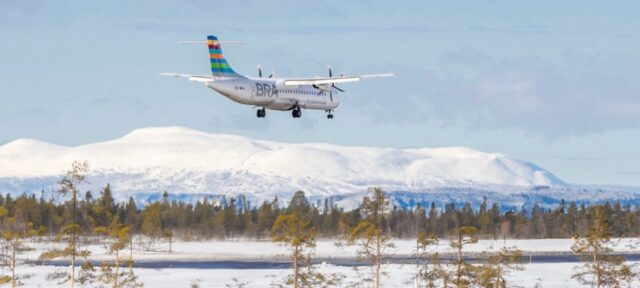From boardroom to relief missions, business jets reshape Asia’s corporate travel

October 3, 2025

Corporate aviation is becoming a cornerstone of business strategy for Asia’s largest firms and wealth managers, according to a new study commissioned by Airbus Corporate Jets (ACJ). The research shows companies in the region are increasingly relying on private aircraft not only to boost operational efficiency but also to support humanitarian work.
Business aviation in Asia now dominates corporate travel
Conducted by Australian research firm Pureprofile, the survey covered 67 senior professionals across China, Hong Kong and Singapore. Respondents included executives from corporations with annual revenues above $300 million, alongside family offices, hedge funds and private equity firms managing a combined $141 billion in assets.

The findings reveal that business aviation now accounts for the majority of corporate travel among these groups. Executives at large corporations reported making 63% of their journeys by business jet, while hedge funds, private equity firms and family offices recorded an even higher share at 69%.
Business aviation brings time savings and productivity benefits for executives
One of the strongest themes emerging from the study is the value of time saved. Nearly all respondents said private aircraft shave two to three hours off typical journeys compared with commercial flights. Around 72% also noted that at least a quarter of their regular routes are not served by scheduled airlines.
Productivity is another key factor. Nine in ten executives reported being 25% to 50% more productive on private aircraft, while a smaller but notable group cited productivity improvements of up to 75%. Respondents highlighted the ability to handle confidential matters in private and maintain control over schedules as major benefits.
Asian companies increase business jet use to support global expansion
Looking ahead, the study points to strong growth in demand. More than half of respondents expect their use of business aircraft to rise by 50% to 75% over the next two years, with nearly one in ten anticipating a doubling of usage.
This trend is closely tied to global expansion plans. Every hedge fund and private equity firm surveyed said they intend to open more international offices within three years. Family offices also expect greater international dispersion, with more family members likely to live abroad.
Corporate aviation in Asia is not confined to executive travel. Almost all respondents said they also use private aircraft for humanitarian or charitable missions, including emergency medical transport, organ transfers and disaster relief operations, underscoring the wider social role that business jets can play.
Asia-Pacific business jet fleet: Growth and long-range dominance
According to Asian Sky Group, the Asia-Pacific region hosted 1,156 business jets at the end of 2024, a slight year-on-year increase. Mainland China remains the largest market, despite its fleet shrinking to 249 jets.

Long-range aircraft remain the dominant category, accounting for one-third of the regional total. Models such as Bombardier’s Global 7500, Gulfstream’s G650 and the newer G700 are especially in demand, reflecting the region’s need for intercontinental capability.
Singapore continues to strengthen its position as a hub for business aviation, with its fleet growing to 83 aircraft in 2024. The city-state has benefited from relocations of aircraft from China, Hong Kong, Japan, India and Australia, supported by favourable infrastructure and regulations.
Airbus Corporate Jets grows in Asia with ACJ TwoTwenty and service centres
Airbus Corporate Jets is positioning itself to capitalise on this demand. Its ACJ TwoTwenty, marketed as an “extra large” business jet, combines the range of an ultra-long-range aircraft with a wider cabin and reduced operating costs. With a 5,650-nautical-mile range, it can connect Asian cities to destinations as distant as Istanbul, Auckland and Anchorage.

ACJ has also expanded its support network in the region, opening a service centre in partnership with Jet Aviation at Singapore’s Seletar Airport. This facility joins existing centres in Basel and Dubai, providing maintenance, refurbishment and upgrade services for ACJ operators in Asia.
















